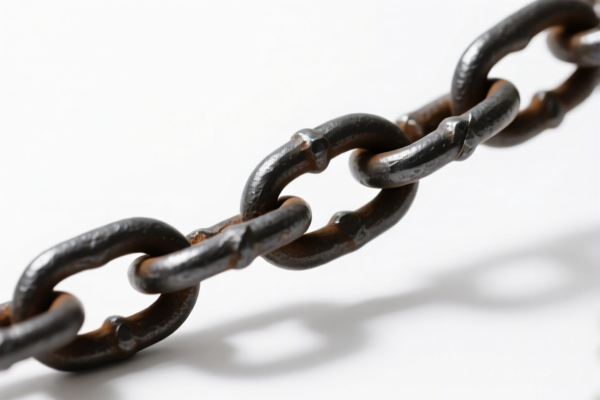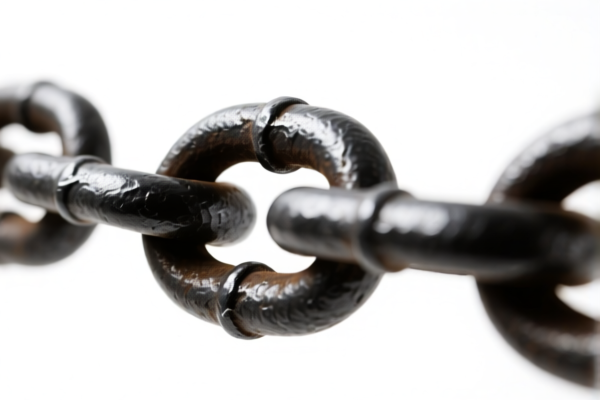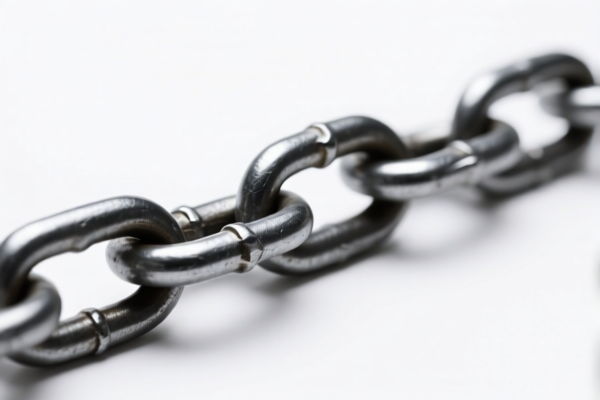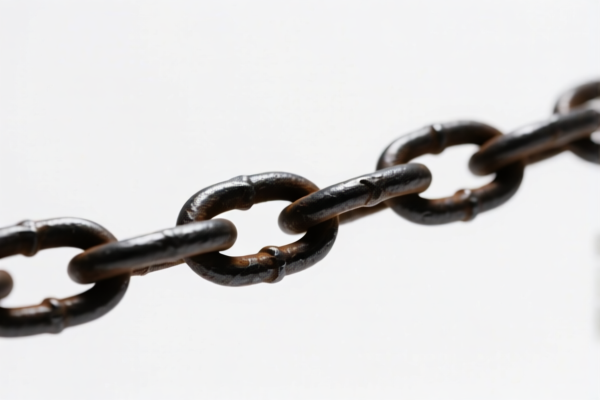| HS Code | Official Doc | Tariff Rate | Origin | Destination | Effective Date |
|---|---|---|---|---|---|
| 8208406000 | Doc | 55.0% | CN | US | 2025-05-12 |
| 8211959000 | Doc | 3¢ each + 5.4%+55.0% | CN | US | 2025-05-12 |
| 8211945000 | Doc | 1¢ each + 5.4%+55.0% | CN | US | 2025-05-12 |
| 8207904500 | Doc | 34.8% | CN | US | 2025-05-12 |
| 8207904500 | Doc | 34.8% | CN | US | 2025-05-12 |
| 7315110005 | Doc | 80.0% | CN | US | 2025-05-12 |
| 7315110005 | Doc | 80.0% | CN | US | 2025-05-12 |
| 7312900000 | Doc | 80.0% | CN | US | 2025-05-12 |
| 6701003000 | Doc | 59.7% | CN | US | 2025-05-12 |
| 6701006000 | Doc | 59.7% | CN | US | 2025-05-12 |




Chainsaw Chains
Chainsaw chains are the driving cutting component of a chainsaw, responsible for felling trees, pruning, and cutting wood. They are looped cutting tools comprised of numerous interconnected links, designed to rotate at high speed around a guide bar.
Material
Chains are predominantly constructed from high-carbon alloy steel, offering a balance of hardness, toughness, and wear resistance. Specific alloys and heat treatments vary depending on the intended application. Common steel types include:
- High-Carbon Steel: Provides good sharpness and is suitable for general-purpose cutting.
- Alloy Steel: Incorporates elements like chromium, nickel, and molybdenum for increased strength, durability, and resistance to wear and impact.
- Through-Hardened Steel: The entire chain is heat-treated for uniform hardness, offering good stretch resistance and is suitable for recreational use.
- Chisel Steel: Used in professional chains for superior sharpness and edge retention.
Purpose & Function
The primary function of a chainsaw chain is to remove wood fibers through a series of rapid impacts from cutting teeth. Each link features cutters (teeth) that shear away wood as the chain is driven around the guide bar. The chain also incorporates:
- Cutters: The primary wood-removing elements, available in various shapes and configurations.
- Tie Straps: Connect the cutters and provide structural integrity.
- Rivets: Join the tie straps and cutters.
- Loop: The overall continuous form enabling rotation around the bar.
Usage Scenarios
Chainsaw chains are utilized in a broad range of applications:
- Felling Trees: Large trees are felled by cutting through the trunk.
- Bucking: Cutting felled trees into smaller, manageable lengths.
- Pruning: Removing branches from trees.
- Limbing: Removing branches from felled trees.
- Construction: Cutting lumber and other wood materials.
- Emergency Services: Used by firefighters and rescue teams to clear obstacles.
Common Types
Chainsaw chains are categorized by several factors, including pitch, gauge, and cutter style.
- Pitch: The distance between consecutive rivets, measured in inches. Common pitches include 3/8", .404", and 3/4". Pitch must match the sprocket of the chainsaw.
- Gauge: The thickness of the chain drive links, measured in inches. Common gauges include .050", .055", and .063". Gauge must match the guide bar.
- Cutter Styles:
- Skip Tooth: Features alternating left- and right-hand cutters, providing aggressive cutting and reduced kickback.
- Full Skip: Features a larger gap between cutters for faster cutting speeds.
- Semi-Chisel: A versatile style offering a balance of cutting speed and holding power.
- Chisel: Offers superior cutting speed and edge retention, commonly used by professionals.
- Micro-Chisel: Designed for reduced vibration and smoother cuts.
- Chain Grind:
- Full-Bumper: Offers good holding power and is suitable for general-purpose cutting.
- Bumperless: Designed for faster cutting speeds and is commonly used by professionals.
- Radius Corner: Offers a balance of cutting speed and holding power.
Proper chain selection and maintenance are crucial for safe and efficient operation of a chainsaw. Regular sharpening, lubrication, and tension adjustment are essential.
Chainsaw chains fall under the category of chain and parts thereof, typically made of iron or steel, and are used for cutting applications in forestry, agriculture, and construction.
Here are the relevant HS codes based on the provided reference material:
- 7315110005: This HS code covers articulated link chain and parts thereof, specifically roller chain for motor vehicles. While primarily designated for motor vehicles, it can apply to chainsaw chains if they are used as components in motorized chainsaw applications.
- 73: Chapter 73 pertains to iron or steel products.
- 15: Heading 15 specifically covers chain and parts thereof.
- 11: Subheading 11 denotes articulated link chain and parts thereof.
- 0005: Further specifies roller chain for motor vehicles.
- 7312900000: This HS code covers stranded wire, ropes, cables, plaited bands, slings and the like, of iron or steel, not electrically insulated. Chainsaw chains, being composed of interconnected steel links, can be classified under this code if they do not have electrical insulation.
- 73: Chapter 73 pertains to iron or steel products.
- 12: Heading 12 specifically covers stranded wire, ropes, cables, etc.
- 90: Subheading 90 denotes other types of wire, ropes, cables, etc.
Important Note: According to the reference material, both HS codes 7315110005 and 7312900000 are subject to a 25.0%加征关税, which increases to 30.0% after April 2, 2025. Additionally, steel and aluminum products are subject to a 25%加征关税. Therefore, the total tax rate for these HS codes is 80.0%.
Customer Reviews
No reviews yet.